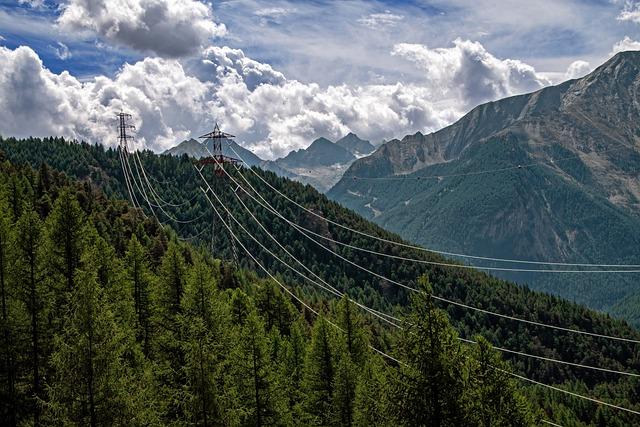The Art of Bonsai Trees

Bonsai trees, known for their intricate shaping and delicate beauty, have captivated enthusiasts for centuries. This ancient art form, originating in East Asia, requires patience, skill, and mastery to cultivate these miniature trees. In this article, we will explore the history of bonsai trees, the techniques used to shape and care for them, and the cultural significance they hold in various societies around the world.
Welcome to the fascinating world of Bonsai trees, where nature meets artistry in miniature form. Bonsai trees are not just ordinary plants but living sculptures that require skill, patience, and dedication to cultivate. In this post, we will delve into the art of Bonsai trees, covering topics such as choosing the right Bonsai tree for you, learning the essential techniques of Bonsai tree care, and creating a stunning display that showcases the beauty of these miniature masterpieces.
When it comes to selecting the perfect Bonsai tree for your home or garden, there are various factors to consider. From the species of tree to the size and style of the tree’s growth, each element plays a significant role in creating a harmonious Bonsai tree display. Understanding the different types of Bonsai trees available, such as deciduous, coniferous, and flowering trees, will help you narrow down your options and choose a tree that best suits your aesthetic preferences and level of expertise.
Once you’ve chosen the right Bonsai tree for you, it’s crucial to master the techniques of Bonsai tree care to ensure the health and longevity of your miniature masterpiece. From watering and pruning to repotting and fertilizing, each step in the Bonsai tree care process requires precision and attention to detail. By learning and practicing these essential techniques, you can cultivate a healthy and thriving Bonsai tree that will continue to captivate and inspire for years to come.
Q&A
Q: What exactly is a bonsai tree?
A: A bonsai tree is a miniature tree that is carefully cultivated and pruned to resemble the shape and style of a full-grown tree.
Q: How did the art of bonsai trees originate?
A: Bonsai trees originated in China over a thousand years ago, but the practice was refined and popularized in Japan.
Q: What tools are needed to care for a bonsai tree?
A: Some common tools used for caring for bonsai trees include scissors, wire cutters, and concave cutters.
Q: How often should a bonsai tree be watered?
A: The frequency of watering a bonsai tree will depend on factors such as the type of tree, the size of the pot, and the environment. Generally, most bonsai trees should be watered when the topsoil feels slightly dry.
Q: What are some common styles of bonsai trees?
A: Some common styles of bonsai trees include formal upright, informal upright, slanting, cascade, and semi-cascade.
Q: How long does it take to train a bonsai tree?
A: Training a bonsai tree can take years of careful pruning, wiring, and shaping to achieve the desired look.
Q: Are there any specific guidelines for caring for a bonsai tree?
A: It is important to provide proper sunlight, water, fertilizer, and pruning to ensure the health and longevity of a bonsai tree. Additionally, regular repotting is necessary to prevent the tree from becoming root-bound.
Conclusion
In conclusion, the art of bonsai trees is a centuries-old tradition that continues to captivate and inspire enthusiasts around the world. From its origins in ancient China and Japan to its modern-day popularity, bonsai cultivation offers a blend of artistic expression, horticultural expertise, and meditative practice. Whether you are a seasoned bonsai master or a novice looking to explore this fascinating art form, there is always more to learn and discover in the world of bonsai. We hope this article has provided you with valuable insights into the beauty and complexity of cultivating these miniature masterpieces. Happy bonsai growing!
Simpsons Tree Services, Servicing Melbourne’s North Eastern Suburbs
Book a quote online at www.simpsonstrees.com.au


